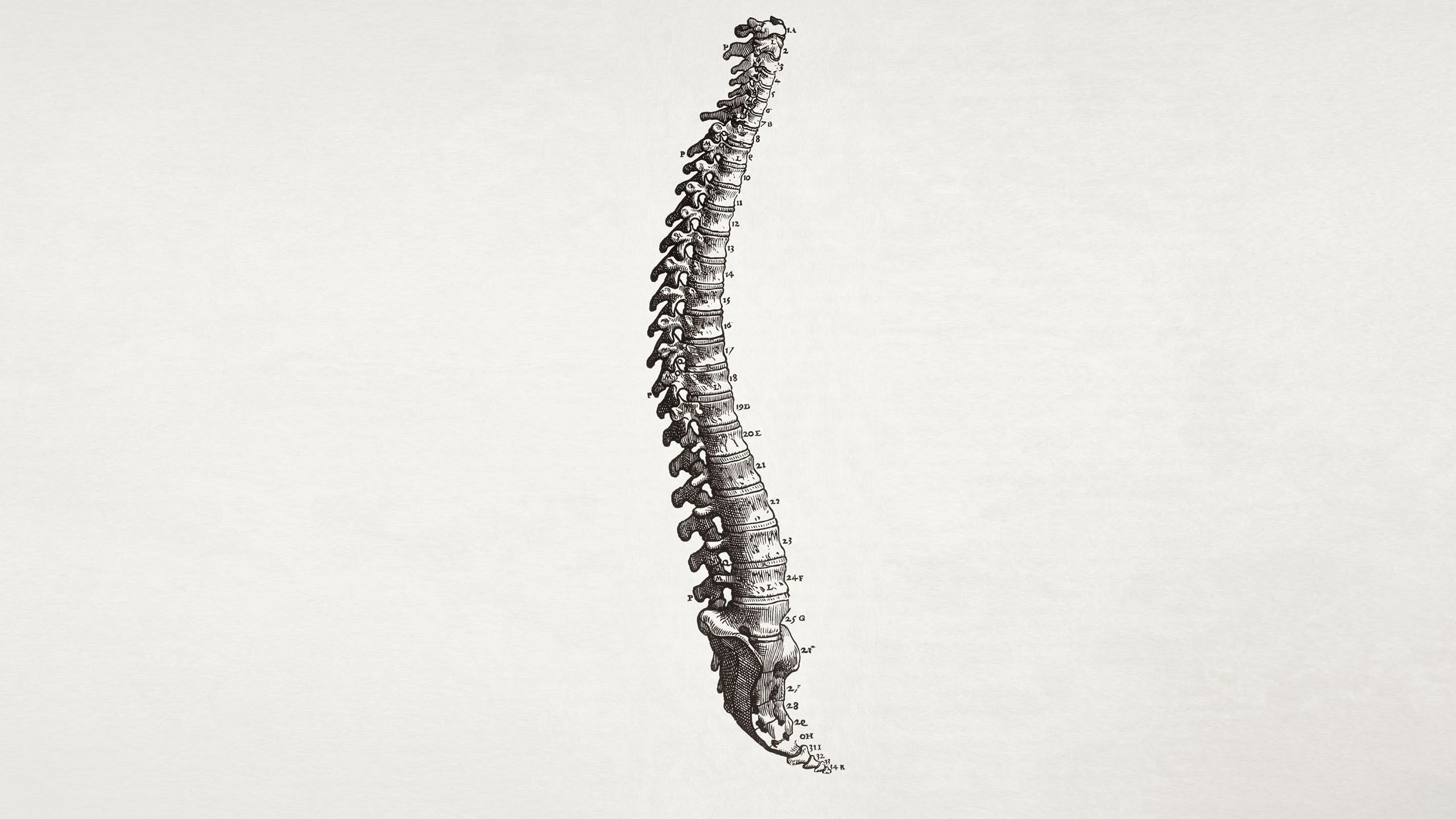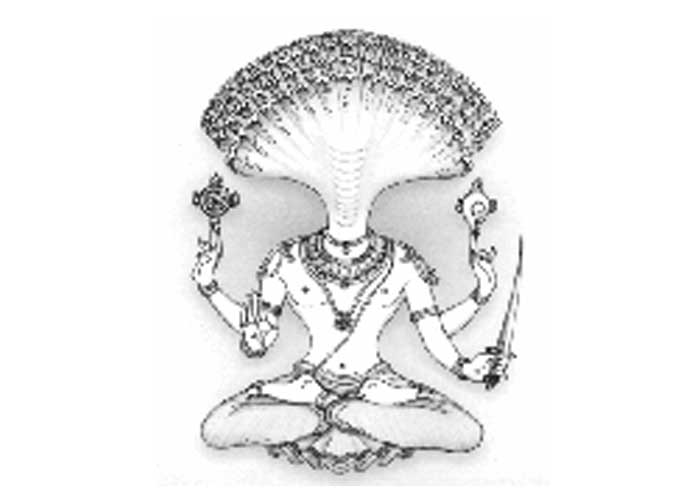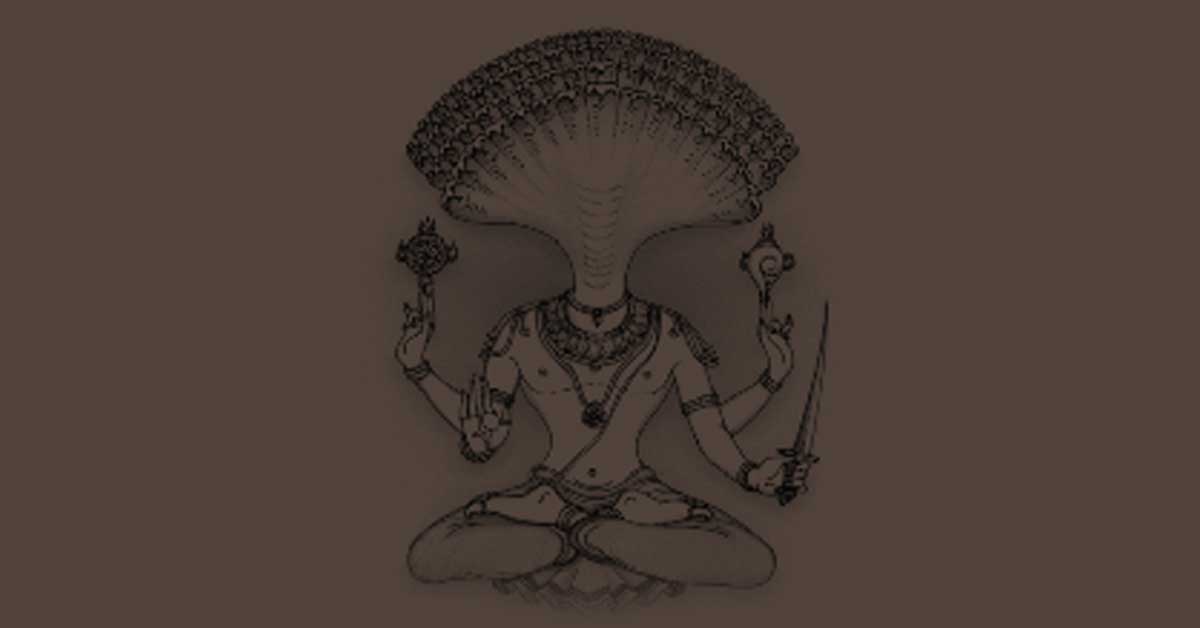The physical had a core that the rishis understood. As everything originates from its core and it is the core that suggests the external aspects of any form of creation, the core of the body was taken as the spinal column.
Consisting of 33 vertebrae, the curved core was symbolic of the evolution in the human being. It was said that the journey of the spirit was upwards and depending on the level of evolution of the specific spirit the vertebrae were crossed, one by one. It did not take long for them to understand that everything in the physical world was a reflection of the etheric and the core of the etheric was the sushumna nadi. It was apparent to them that a strong sushumna nadi was indicative of a highly evolved person and a highly evolved person has to have a very strong physical, implying that the body is the vehicle of the soul. To move from one place to another, your vehicle should be in perfect order; so a physically sick person was first to gain sound health, which was directly measured by a strong spinal column. As a strong sushumna was indicative of a strong spiritual body and a strong spine of a strong physical body, so it became imperative for a normal man to develop a strong body (implying the sushumna would gain strength so as to allow the subtler forces to move through it.
In the physical form, the spinal column is an S-shaped spring. It is supported and held in place by an intricate network of muscles, tendons, and ligaments. Its erect posture is maintained when each section of the body is balanced and placed solidly, one upon the other. It is only when everything is aligned that the body uses energy efficiently and a natural buoyancy is felt by the person. An unaligned body is a cause of chronic strain and a sense of unexplained fatigue.
To clearly understand the spinal column, its vertebrae can be grouped into three: cervical vertebrae support the neck; the thoracic vertebrae are in the chest area, and the lumbar vertebrae are in the lower back. The tailbone consists of the sacrum and coccyx. Most often, when people exercise, their focus is rarely on strengthening the back or the spine; it is generally to look slim, for women, and muscular, for men. It is commonly assumed that back aches and other spine related problems are part of life and are bound to happen to the majority of the population in their thirties onwards. Things like sciatica pain have become common amongst the youngsters too. Back injuries are occurring in those who claim to follow a fitness regime and spend hours in the gym. What is worse is that I have had fitness instructors coming to me with serious back injuries. While talking to one of the Reebok trainers who had injured her back I discovered that companies like Reebok revise their workouts every six months. But the ancient form of yogic exercises has not changed since a few thousand years. And there have been never any injuries reported ever! Why? Because only yogic exercises are able to strengthen the spine along with maintaining its flexibility since both the aspects of strength and flexibility are given due weightage in yog. For this purpose, the muscular and the skeletal system are worked on simultaneously, as muscles are like ropes and chains that hold the skeletal upright in the physical form of a being.
To develop flexibility and strength of the spine, vyaghra asana is very useful as it loosens the back muscles and helps in toning the spinal nerves. In fact, the vyaghra asana emulates the leopard’s stretching movement when it gets up from deep sleep hence the strength developed by this asana is exceptional and it is effective for all the above three groups of vertebrae. The ushtrasana, though strengthening the complete spine and the muscles around it, is primarily useful for the thoracic vertebrae. It stimulates the spinal nerves and relieves backache, lumbago rendered backs, and drooping shoulders. The supta vajrasana also increases the flexibility of the back and realigns rounded shoulders. Leg muscles are loosened and the chest is expanded to take in more oxygen when doing supta vajrasana.
Vyaghrasana
-Hands should be directly below the shoulders.
-Look up and try to touch the toes to the back of the head. Retain the position.
-When you bring back the leg press the knee against the chest so the spine becomes curved.
-Repeat seven times
Ushtrasana
-Try to keep the thighs vertical, and bend the head and spine backwards. Push the abdomen forward.
-The legs and arms should evenly support the body weight. And the palms should rest on the soles. Retain position.
-When bending backwards take one hand at a time, and come back gently
-Repeat seven times.
Supta vajrasana
-When bending backwards take the support of your elbows.
-When coming back do not straighten the leg first.
A WORD OF CAUTION It is important that all asanas are done under direct supervision of a trained and competent instructor.




